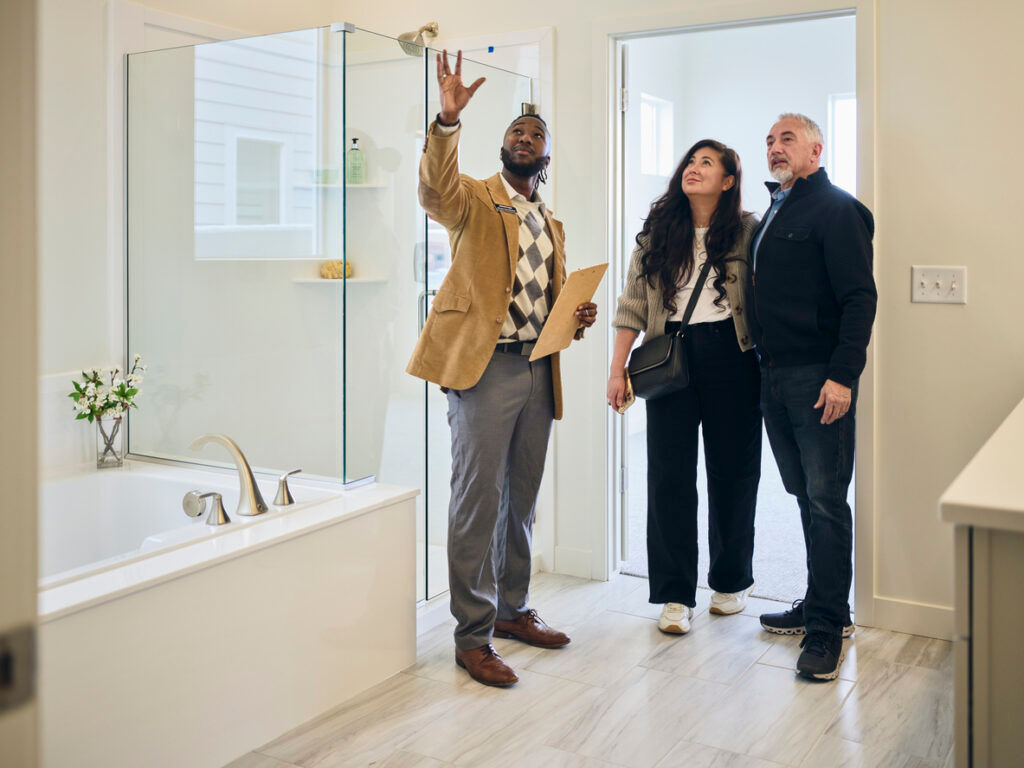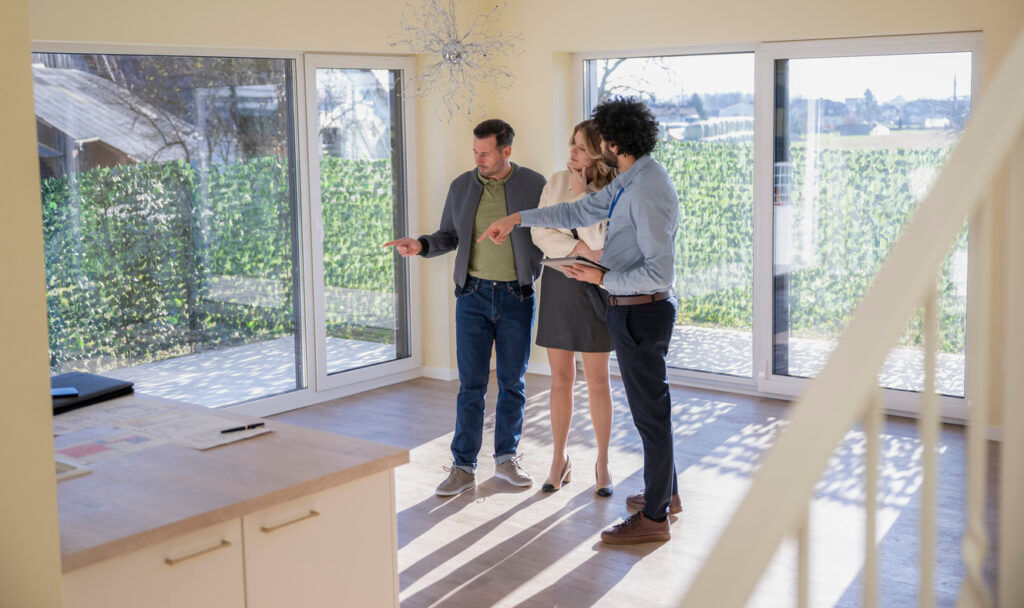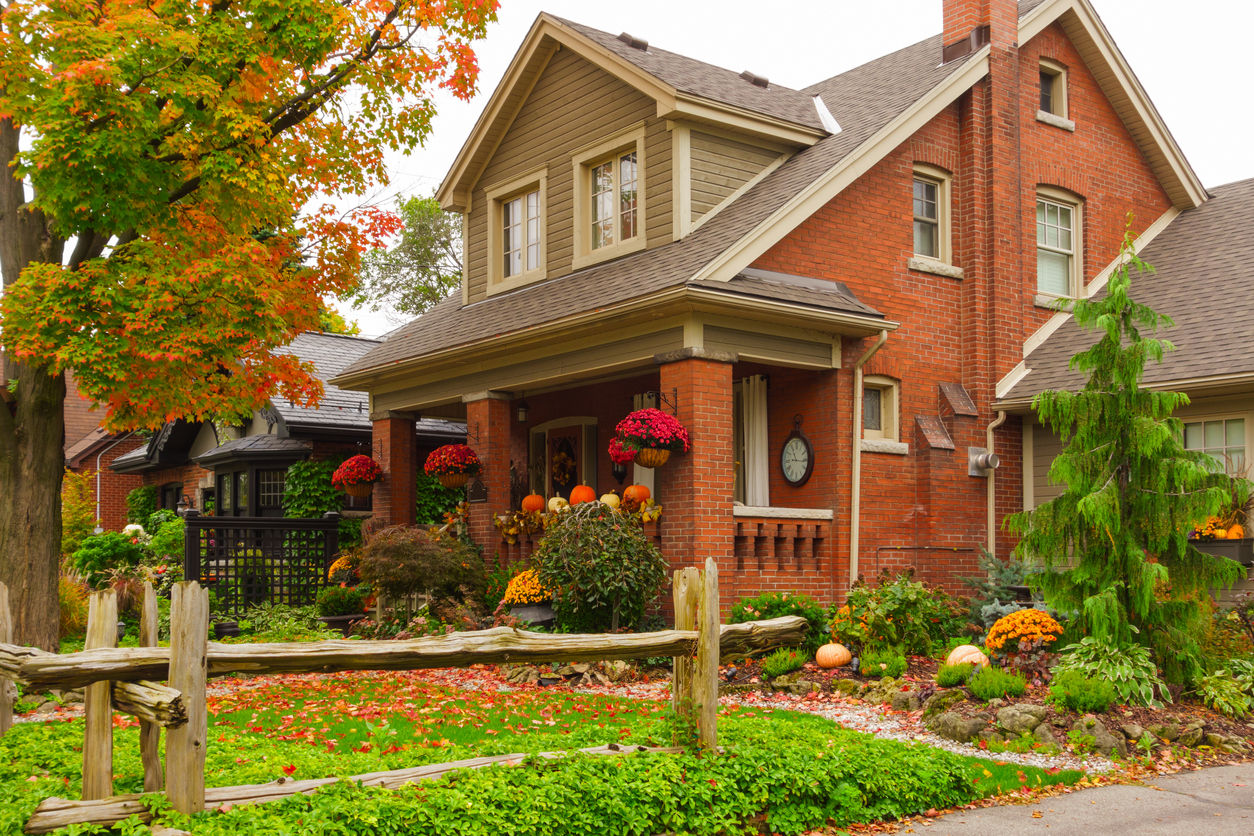What to Really Look For at a Home Showing- Don’t Get Fooled by Fresh Paint

Walking through a home for the first time is exciting. Maybe it’s the scent of fresh paint, gleaming countertops, or stylish staging that catches your eye. But if you’re serious about buying, it’s important to look beyond the surface and focus on what really matters—both the good and the not-so-good. As a realtor, I’ve seen buyers fall in love with homes that look beautiful but have underlying issues that are hard—or sometimes impossible—to fix.
Let’s talk about what to truly focus on during a home showing and what to be cautious about.
First, Understand “Functional Obsolescence”
This term may sound technical, but it’s important to understand.
Functional obsolescence refers to a flaw in the layout or design of a home that can’t be easily corrected. These flaws may have been caused by past renovations that didn’t consider flow or usability. For example, when a homeowner adds multiple rooms around the original kitchen, it is awkwardly stranded in the middle of the house. This can create strange, dark hallways, chopped-up spaces, and odd angles that just don’t work.
Even extensive remodeling often can’t fix this kind of poor layout. If a home feels disjointed, or you find yourself asking, “Why is this room here?”—that’s a red flag.
Another example of functional obsolescence is a property located too close to commercial buildings or multi-family units. Even if the home itself is beautiful, having a lot of cars parked on the street and potential noise from businesses nearby can impact resale value and your enjoyment of the home.
Focus on the “Fixable”
On the flip side, there are plenty of homes that may look a little tired but have solid bones. These are often the best opportunities. Surface-level issues like dated countertops, old flooring, or original bathroom fixtures can often be remedied fairly easily. That kind of cosmetic work is usually a worthwhile investment—especially if the home has been structurally and mechanically well maintained.
These homes are often affectionately called “grandma houses”—and they’re usually a smart buy.
They may have carpet in the bathroom (yes, really), floral wallpaper from the ’80s, and light fixtures you’d never keep. But when a homeowner has kept up on the fundamentals—like replacing the roof, upgrading windows, maintaining the HVAC, and updating plumbing and electrical—you’re buying a home that’s ready to last. These types of properties are diamonds in the rough and often come with less competition from other buyers.
Pay Attention to Light, Layout, and Location
Don’t underestimate the impact of natural light. A bright home always feels better—and it’s not just psychological. Light helps sell homes and makes them more livable. Look for homes with windows in the right places, ideally with morning and afternoon sun exposure.
While you’re touring, also note how the space feels as you walk through it. Does it flow naturally? Are the rooms positioned in a logical way? If you’re walking through a maze just to get from the kitchen to the bedroom, that’s a sign the layout could be problematic.
Location matters just as much as layout. A well-kept home on a quiet, tree-lined street will always hold value. Bonus points if the street has consistent upkeep, with well-maintained homes nearby. Look around during the showing—what do the neighboring yards look like? Is there ample street parking? Are you hearing traffic or enjoying the sound of birds?

Use Your Senses (All of Them)
Listen. Smell. Feel. If something seems off, trust that instinct. A heavy scent of air freshener could be masking mildew or pet damage. A noisy HVAC could indicate a system on its last legs. Floors that bounce or squeak could mean subfloor issues. If something feels “off,” flag it and ask questions.
Also, don’t rush. Take your time walking through each room. Open closets, test windows, and note how the home makes you feel. Do you feel cramped or open? Is there room to grow, or would you be maxed out the day you move in?
The Bottom Line
It’s easy to fall in love with staging or trendy finishes, but smart buyers look deeper. Seek homes with good structure, light, flow, and location. Be cautious of homes that try to impress with style but are hiding flaws that you can’t change without major construction—or worse, can’t change at all.
Remember: You can always add new countertops, update the bathroom, or refinish the floors. But you can’t move a home away from a busy intersection or rework a layout with too many dead ends. Focus on what truly matters, and you’ll find a home that not only looks good but lives well for years to come.





